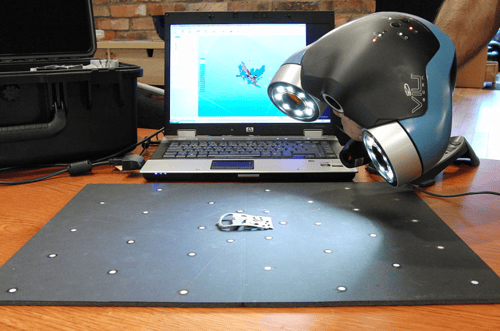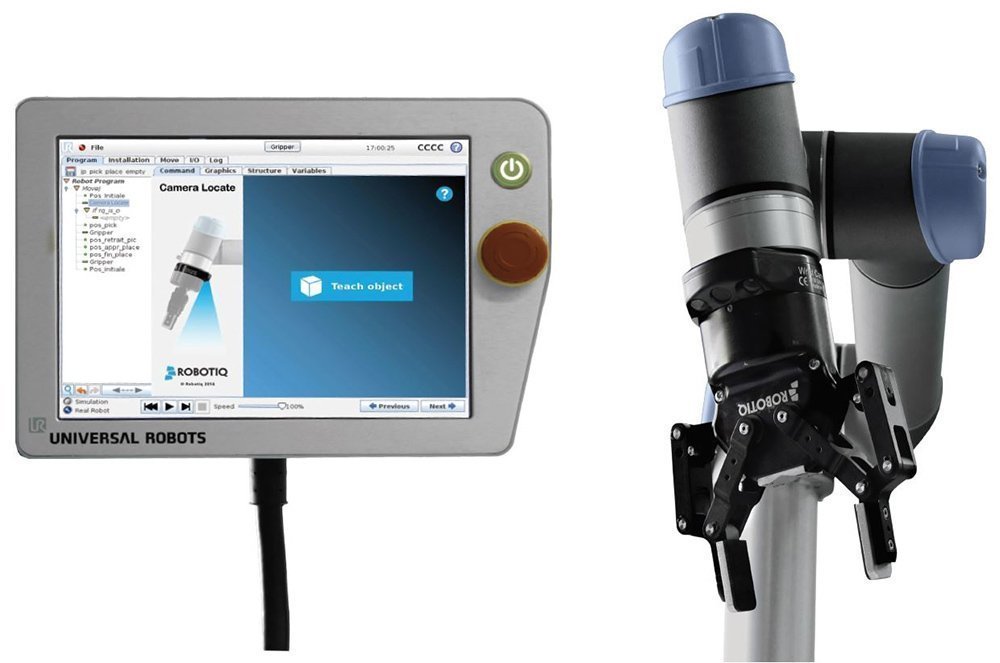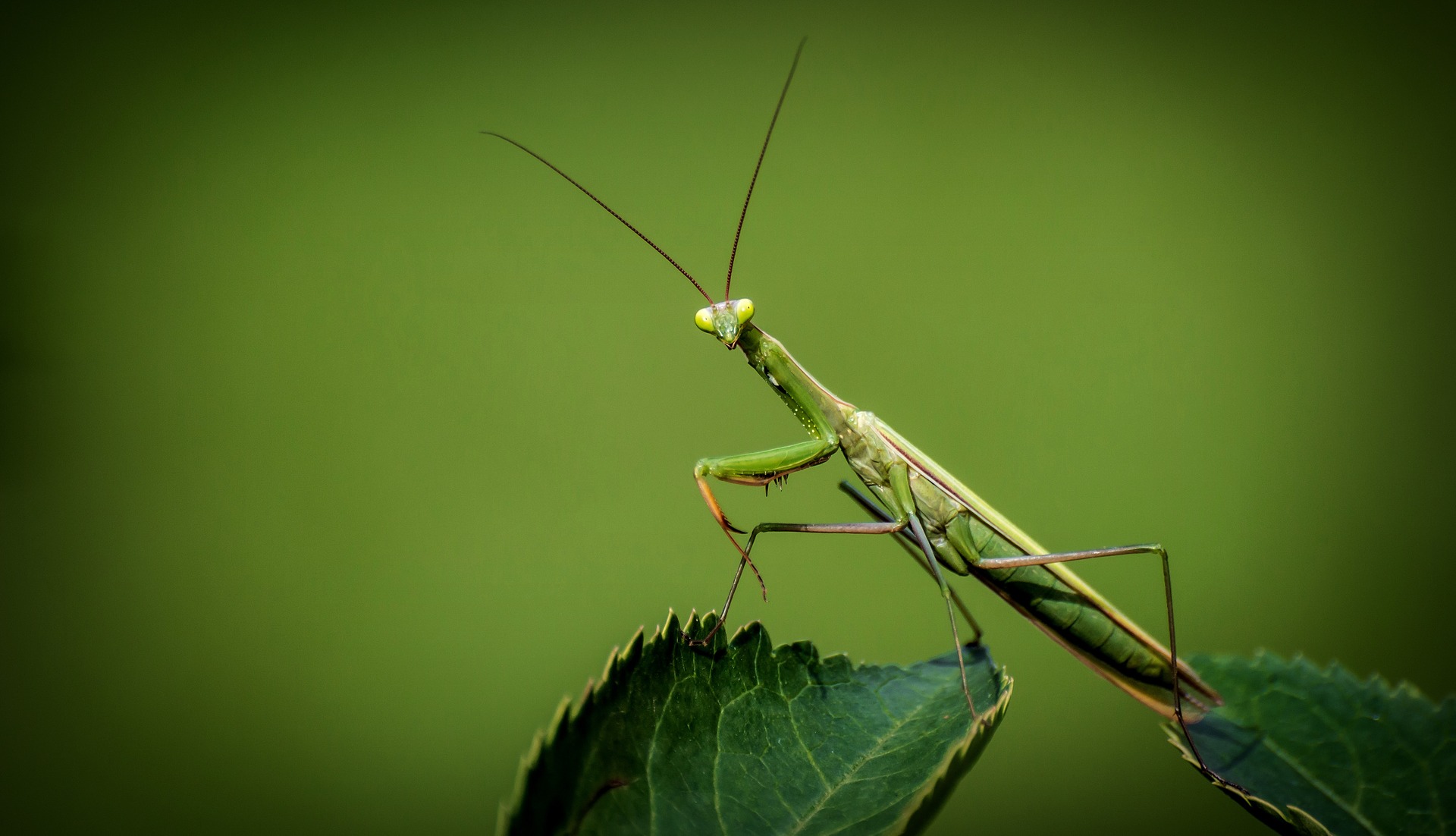What Kinds of Vision Systems Are Available?

Posted on Nov 09, 2016 7:00 AM. 4 min read time
2D cameras are not the only vision systems that are available out there. Take a look at other kinds of vision systems you can find on the market.
1D Technologies
 A 1D sensor is sufficient if you want to measure the height of a part that moves on a conveyor. You could use a distance sensor that has a single laser point to measure the distance from the sensor to the surface. A single laser point is displayed on a surface and most of the time, triangulation is used to get the distance value. So it is only possible to get data for one axis with this kind of technology.
A 1D sensor is sufficient if you want to measure the height of a part that moves on a conveyor. You could use a distance sensor that has a single laser point to measure the distance from the sensor to the surface. A single laser point is displayed on a surface and most of the time, triangulation is used to get the distance value. So it is only possible to get data for one axis with this kind of technology.
Another type of 1D sensor is a line-scan camera. It can also be used for inspections, as noted in this article:
“If you need to inspect the surface of a part that is moving on the conveyor, a line-scan camera would be preferable: you would install it on top of the conveyor. You would gather “line images” and stitch them together in order to make a 2D image, and analyze this one. The linear camera is similar to a 2D camera, but with a sensor that has a single row of light-sensitive pixels.”
Keep in mind that in order for the system to stitch together the various scans to get the resulting image, the system will usually require some sort of input to figure out the speed of the conveyor. Most of the time, this kind of system will take pulses from the conveyor motor to figure out the distance between the scans. Some systems have built in features that allow you to plug in your conveyor to the sensor. Finally, barcode readers throw a laser line at the image or code and only read data along this line. The height of a UPC code is only there to allow a certain range flexibility for the scanner, so that it can tolerate a scan line that is not so horizontal. 
2D Technologies
The middle-range are the 2D scanners. These are similar to the cameras we all use in everyday life, i.e. a rectangle sensor that gives a rectangle image.
2D Cameras
With these images you get the X and Y coordinates for each pixel value and this is why it is considered a 2D system. There are many choices on the market including: various resolutions, grayscale vs color, completely integrated vs independent cameras, etc. Take a look at our Robotiq Camera on DoF.
2D Laser Scanners
This technology is similar to the 1D single point laser described in the 1D technology section. However, instead of having a single laser point, we have a laser line that is analyzed. So you end up with distance measurements from the sensor (Z axis) for the whole width (Y axis) of your object. Such 2D scanners are sometimes sold as “3D profilers”, because they can be combined with the movement of the part on a conveyor to determine to the other axis (X axis).
The principle is the same as for the line-scan camera we have seen above: hook up the encoder pulses from the conveyor to the vision system, and stitch the scans together using this speed information. This can be a bit confusing actually, since you can also find 4D scanners on the market. These take multiple 3D measurements, so 3D + the time variable = 4D. If you want to know the real number of dimensions, focus on the sensor itself. In this case, laser distance sensors that measure the distance (first dimension) along a line (second dimension) = 2D scanner.
3D Technologies
Another option is the 3D scanner. These scanners are used for reverse engineering, metrology, more exact measurements (e.g. defect depth), etc. 3D scanners use various techniques like: Shape from shading, laser triangulation, structured lighting, etc. Depending on the technique, you can either get approximate data (that can still be sufficient for your needs) in a few seconds or extra precise data that will take longer to scan & process (it could be minutes).

Structured Light Sensors
This type of sensor will project some sort of structured light pattern onto the part and analyze the light patterns as they are being projected. Usually, two 2D cameras are used to analyze the structured light pattern. Then, algorithms combine the data to create output information. Here is a video showing this kind of technology.
Time of Flight Sensor
This technology is basically illuminating the part to be measured and measuring the time that it takes for the light to travel to the object and come back to the camera sensor. These are usually less accurate systems. Here is a video showing how this works.
Learn more on how to integrate vision systems for collaborative robots by downloading our brand new eBook. You will acquire basic knowledge of machine vision to help you figure out exactly what a simple vision application is. It might also be useful to understand the differences between this type of application and a more complex one. So, if you are just starting with vision, or if you think adding vision to your system might solve one of your pet peeves, this eBook will be a great place to start.








Leave a comment